Aramcon Travel
Aramcon Travel: Rich history on the road revisiting Tamerlane to today in Uzbekistan
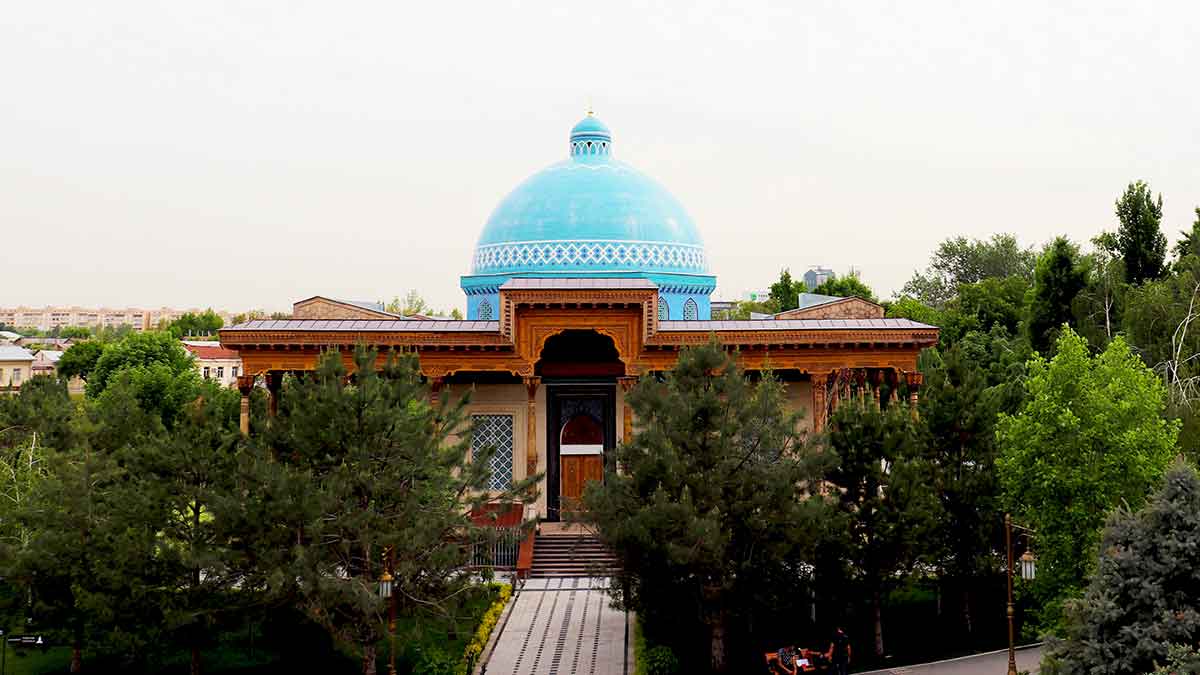
Global August 08, 2022 - By
Uzbekistan offers a tantalizing mix of history, beauty, and the exotic.
Uzbekistan is the country where you cross the ancient Silk Road, an extensive territory, where to reach the cities with the most fascinating architecture. It is a journey that retraces the routes of the ancient caravans and it is still possible to stay in the yurts, the traditional circular tents with colourful interiors, or inside the caravanserai, which in ancient times provided rest to the merchants.
The character who dominates the historical scene is certainly Tamerlane (Known as Amir Timur, from the Turkic word for "iron”), (April 8, 1336–February 18, 1405) was the ferocious and terrifying founder of the Timurid empire of Central Asia, eventually ruling much of Europe and Asia. Few names have inspired such terror as his, famous for razing ancient cities to the ground. And yet, Tamerlane is also known as a great patron of the arts, literature, and architecture.
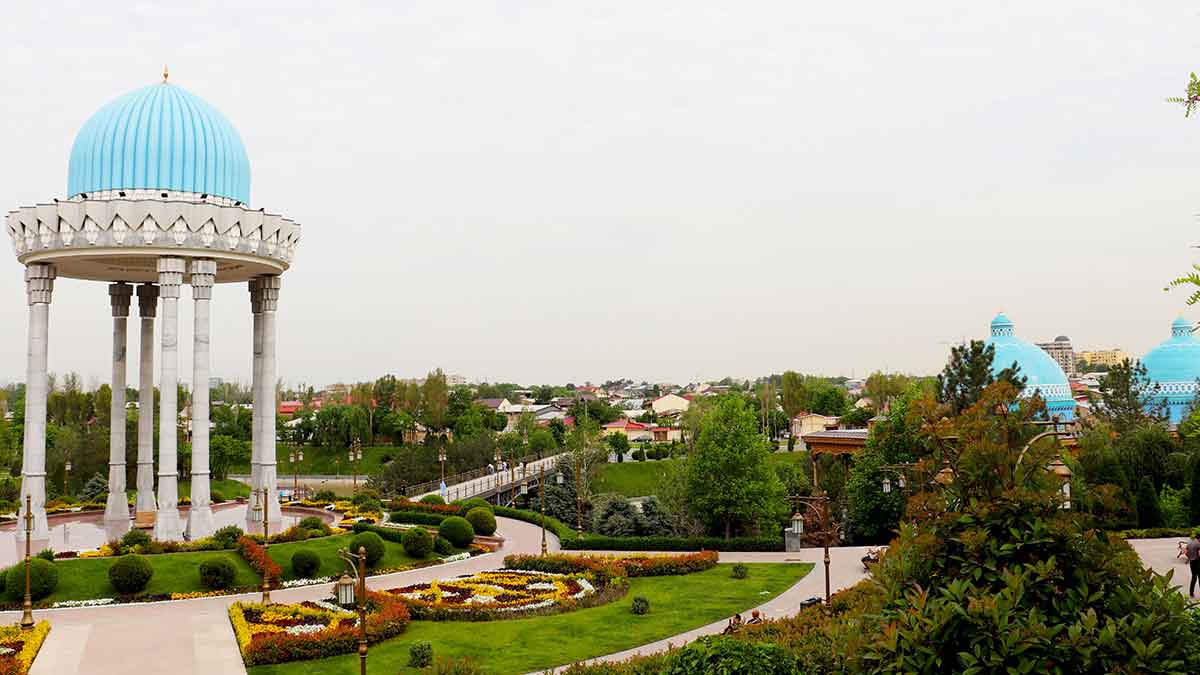
Uzbekistan Blues
Wherever you go in Uzbekistan, you will find the dominant color of blue throughout the country. An ancient legend says that if the sky were to disappear one day, it will be the enamelled domes of these extraordinary buildings that will take its place.
Tashkent
The capital city, Tashkent, a metropolis of over 2.5 million people and wide streets and avenues, combines medieval buildings from the pages of ancient oriental tales with elegant European architecture from the time of the Turkestan governorship. This was followed by the concrete “blocks” from the Soviet era and, finally, sparkling high-rise commercial buildings representing a new era of independent Uzbekistan.
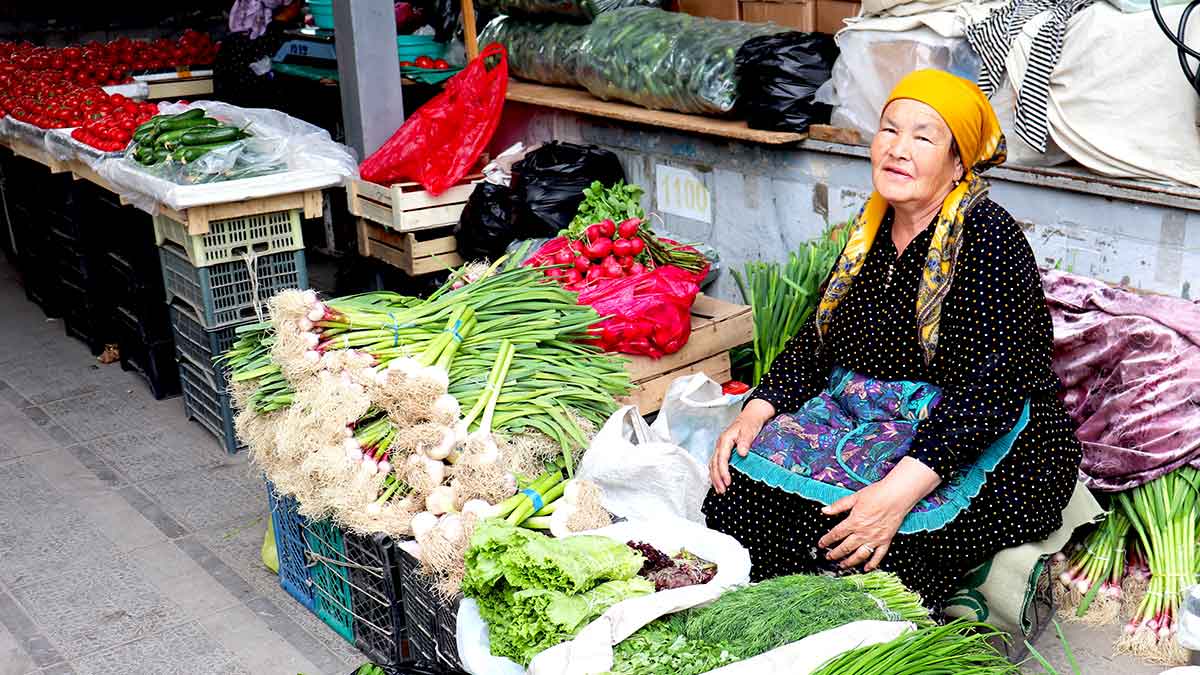
In the Old City, you find Tashkent’s traditional culture, an array of artisans, teahouses, and bakeries, cosy courtyards, hospitable mahalas, and the bustling Chorsu Bazaar. In the Khast Imam complex, you can visit a stunning collection of mosques and madrasas with blue domes. Its library of this complex preserves oriental manuscripts, including the world-famous Quran of Caliph Uthman — also known as the Ottoman Quran. Other Tashkent sights include the Amir Temur Square with the famous Tashkent astronomical clock and Independence Square.
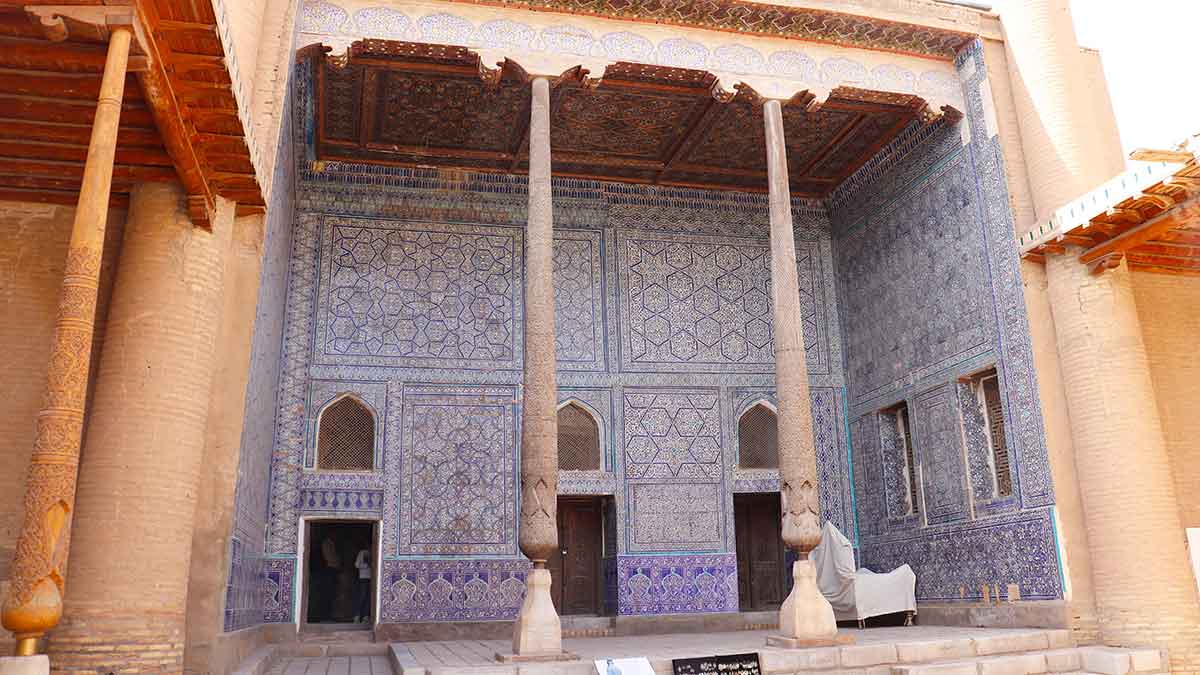
Take a short flight to the oasis city of Khiva, over 2,500 years old, and stroll through the narrow streets, beautiful tile decorations and mud city walls, it has been included on the UNESCO World Heritage List. A walking tour of the famed Ichan Kala area will enable you to see the most popular landmarks: Kalta Minor Tower, and Juma Mosque, whose prayer hall is lined with 213 elaborately carved karagacha (black elm) columns.
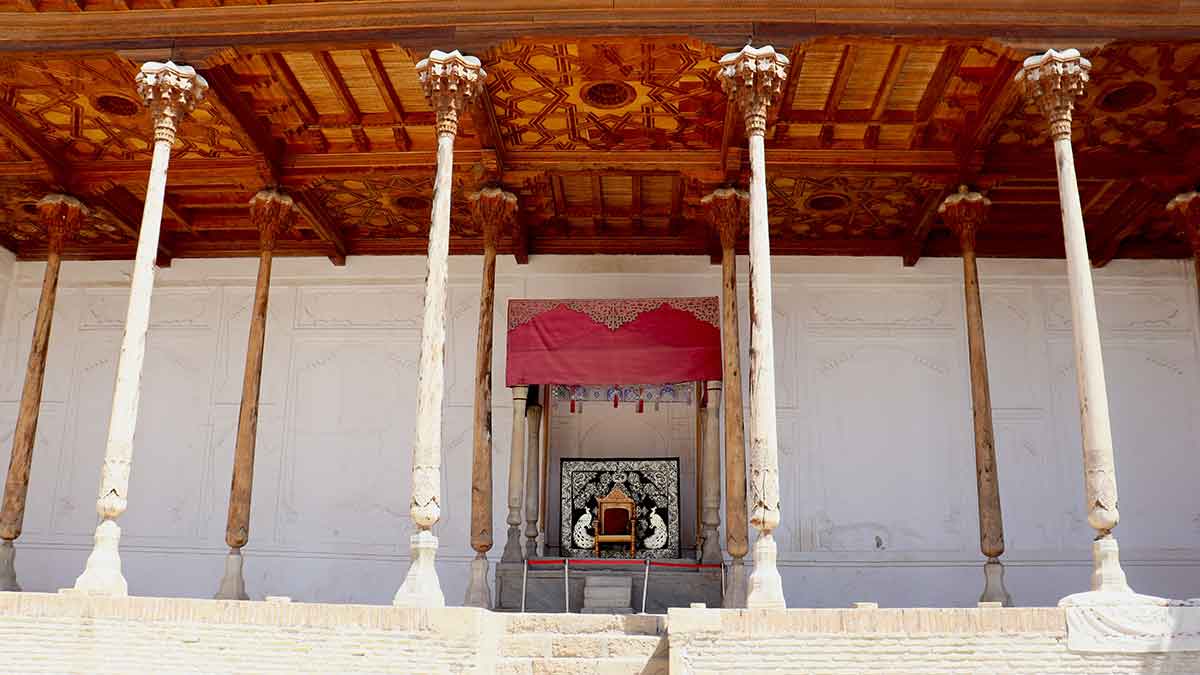
Bukhara
Along Uzbekistan’s Silk Road, Bukhara rises from the rolling saffron sands of the Kyzylkum Desert. Bukhara’s oldest building is the Ark, where various rulers lived and governed from the 5th century all the way up to 1920 when the Red Army decided to bomb it. Now, it hosts museums that commemorate Bukhara’s history and the opulence of its rulers.
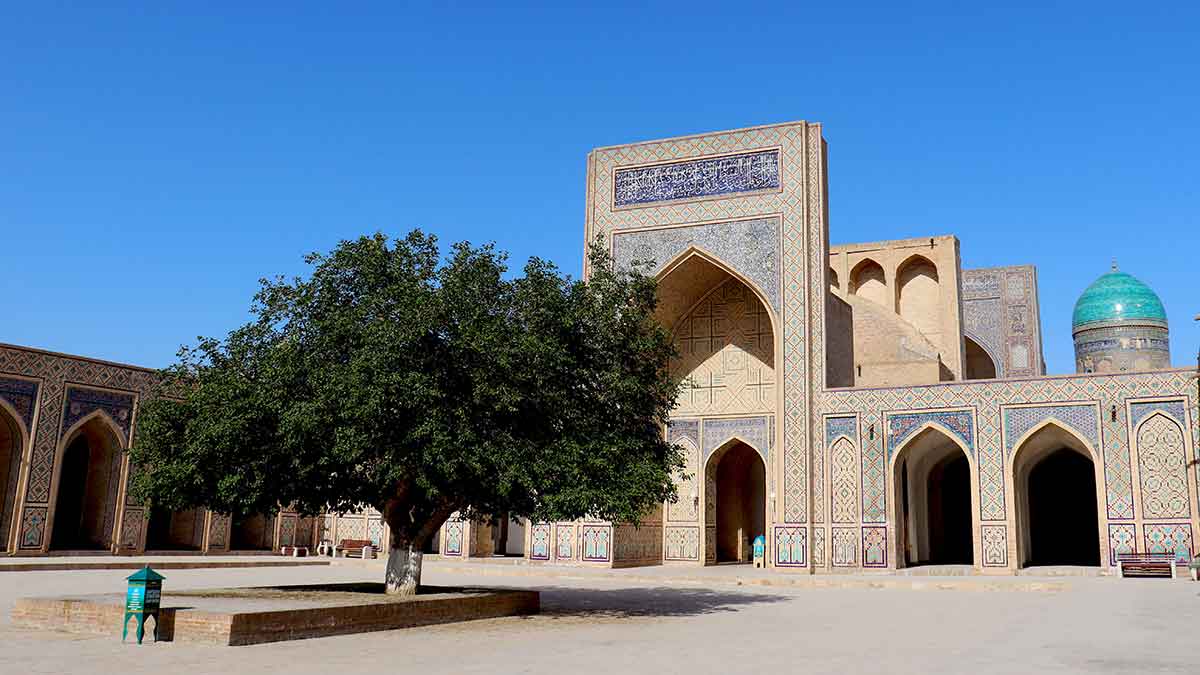
The Kaylon Mosque, considered the tallest building in Central Asia after its completion in 1127, was so impressive that Genghis Khan ordered it to be spared during his invasion. Part of the mosque complex, the Mir-i-Arab Madrasa boasts spectacular tile work at its entrance with two glistening blue domes on either side.
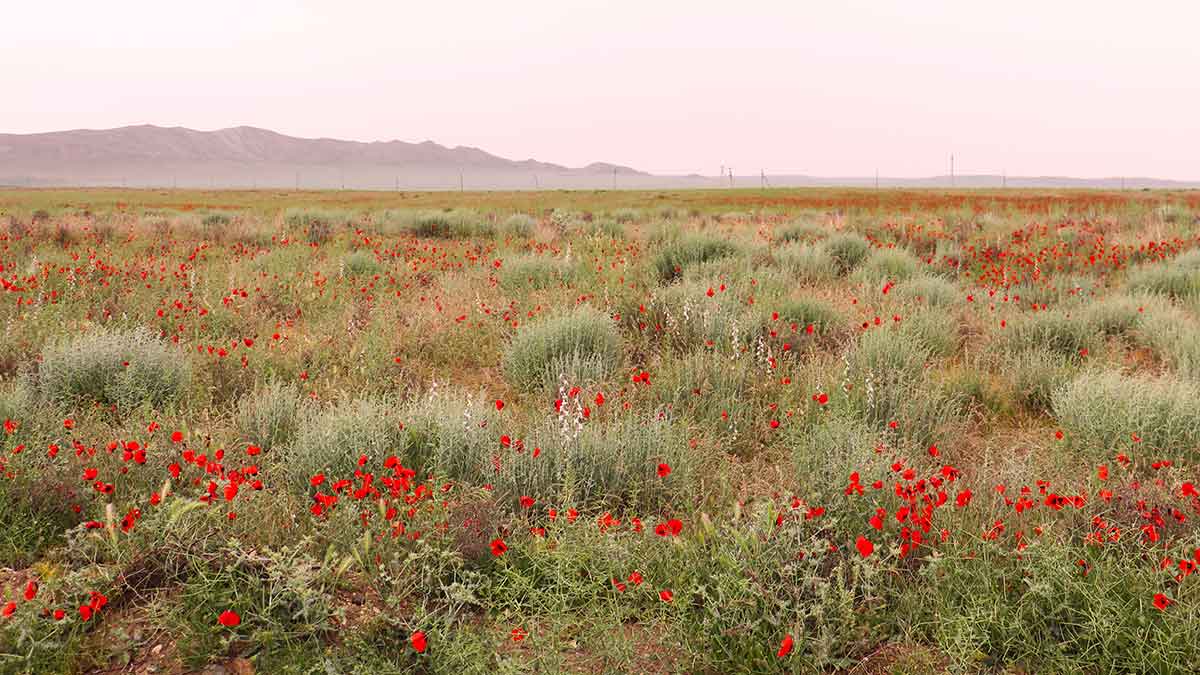
Samarkand
Travel further through the Kyzyl Kum Desert to the city of Samarkand, which has been at the crossroads of world cultures for over two and a half millennia, and one of the most important sites on the Silk Routes.
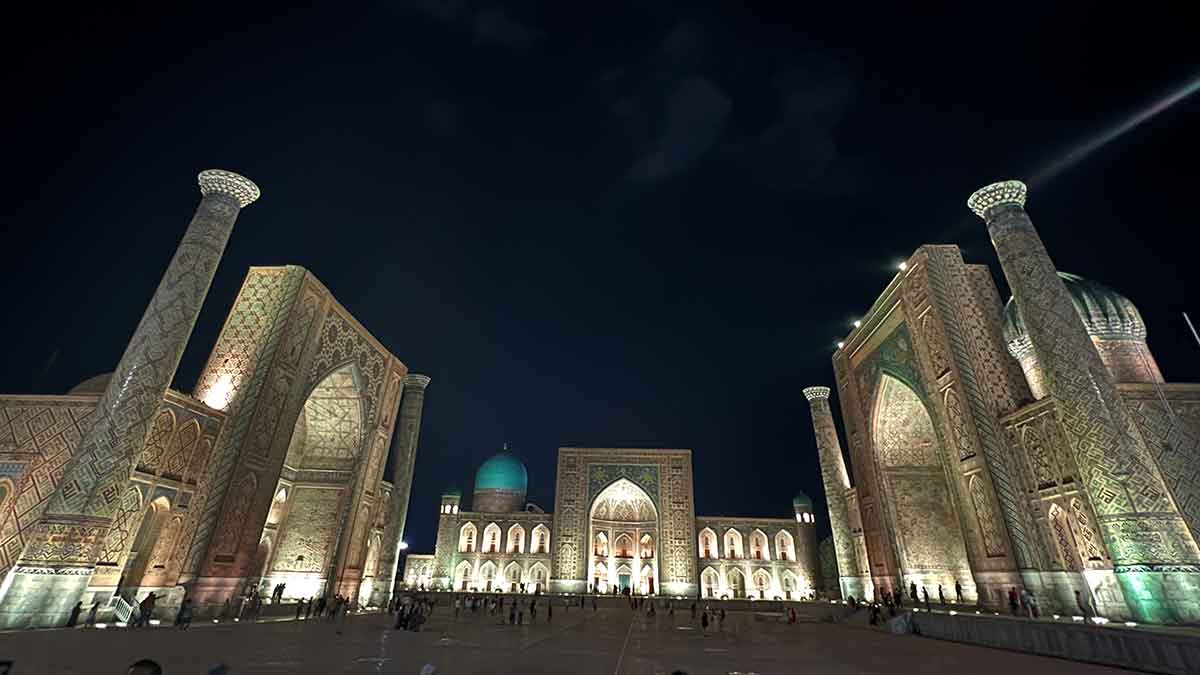
At the heart of Samarkand, you’ll find Registan Square, the age-old intersection of the Silk Road trade routes and the centrepiece of the city. Although the old centre has not really survived, you can find reminders of the greatness of the rulers of Samarkand, especially Ulughbek and Tamerlane, all over town. There is the Khodja Abdi Darun Shrine, the Chupan Ata Shrine, and a central bazaar street market.
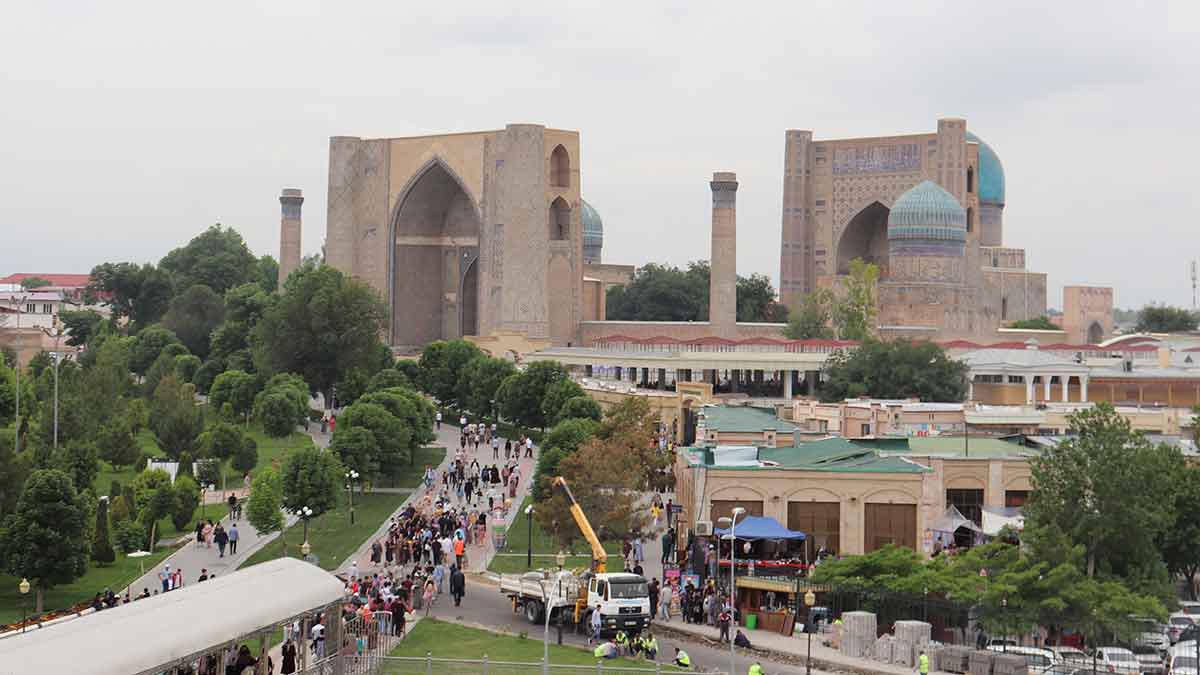
The other most popular buildings and sites of interest include: Bibi Khanym Mosque, built between 1399 and 1404 by Timur using precious stones captured during his conquest of India. Ulugh Beg Observatory is a small museum of astronomy that stands on the remains of the observatory of Ulugh-Beg, a Timurid ruler and astronomer. And the Sher Dor, Ulugbek, and Tillya Kori Madrasahs, are the three Muslim clergy academies surrounding the Registan; the Gur Emir Mausoleum, which is the grave of Timur, built in 1404.



